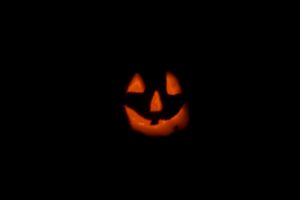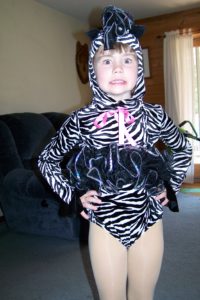The name Halloween is said to derive from the Old English ‘hallowed’ meaning holy or sanctified and is now usually contracted to the more familiar word Hallowe’en. It is also known as All Hallows’ Eve or All Saints’ Eve and is celebrated on October 31st the day before November 1st All Saints’ Day in the western Church.
Possibly evolving from the ancient Celtic holiday of Samhain, modern Halloween has become less about literal ghosts and ghouls and more about costumes and candy. The Celts used the day to mark the end of the harvest season and the beginning of winter, and also believed that this transition between the seasons was a bridge to the world of the dead. Over the millennia the holiday transitioned from a somber pagan ritual to a day of merriment, costumes, parades and sweet treats for children and adults. (History.com)
 The modern celebration of Halloween which has often been replicated at summer event days or EP’s at camp is a complicated mix of traditions and influences. Typical festive Halloween activities include trick-or-treating, attending costume parties, decorating, carving pumpkins into jack-o-lanterns, lighting bonfires, apple bobbing, playing pranks andtelling scary stories.
The modern celebration of Halloween which has often been replicated at summer event days or EP’s at camp is a complicated mix of traditions and influences. Typical festive Halloween activities include trick-or-treating, attending costume parties, decorating, carving pumpkins into jack-o-lanterns, lighting bonfires, apple bobbing, playing pranks andtelling scary stories.
Dressing up in a fun costume is the Camp Runoia favorite Halloween pastime! Hopefully our camp Facebook page spotlight on creative costuming has given you some camp themed easy ideas! It’s amazing what you can do with a few props and a bunch of dress up clothes!
 Put your arts and crafts skills to good use and enjoy trick or treating!
Put your arts and crafts skills to good use and enjoy trick or treating!